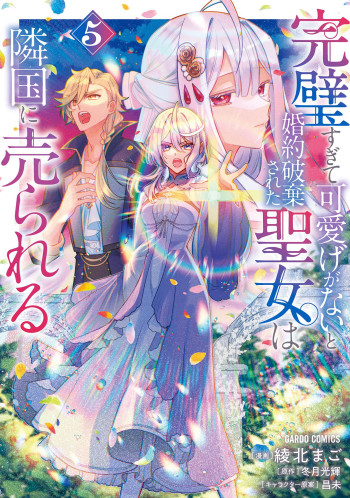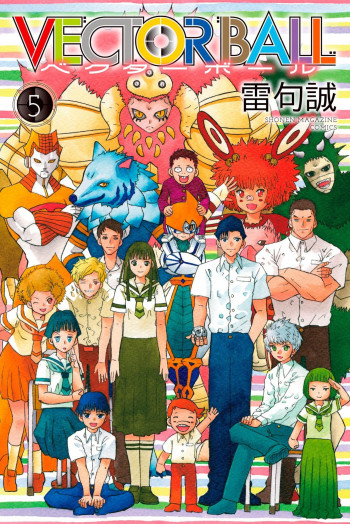Martial Peak Reviews
L.M. Terry's Watercolor Skulls is a compelling exploration of love, identity, and the struggle for personal freedom. The novel weaves a narrative that is both emotionally resonant and thematically rich, inviting readers into a world where the characters' desires and fears are as vivid as the titular watercolor skulls.
The story unfolds through the dual perspectives of Lily and Dan, two characters whose lives are irrevocably changed by their encounter. Lily's narrative is one of escape and self-discovery. Her life, described as a "web of tangled lies," is a facade she longs to break free from. The metaphor of a "show room perfect" existence underscores the artificiality of her world, a theme that resonates with anyone who has ever felt trapped by societal or familial expectations. Lily's journey is one of transformation, as she moves from a life of illusion to one filled with "color and love and happiness." Her character development is both believable and inspiring, as she finds her place among the Skulls, a group that represents authenticity and acceptance.
Dan, on the other hand, offers a contrasting perspective. His life, while "great," is marked by a profound loneliness. His wish for something more is fulfilled in the form of Lily, whose presence brings warmth and sunshine into his world. Dan's narrative is a testament to the power of love to transform and fulfill. His character is defined by his loyalty and determination, particularly in the face of external threats, such as Lily's father. The tension between Dan and Lily's father adds a layer of conflict that propels the narrative forward, highlighting themes of protection and belonging.
Thematically, Watercolor Skulls delves into the concept of home and identity. For both Lily and Dan, home is not a physical place but a state of being, found in the presence of each other and the Skulls. This idea is beautifully encapsulated in Dan's reflection that Lily "reminds me of home." The novel challenges traditional notions of family and belonging, suggesting that true home is where one is accepted and loved unconditionally.
The Skulls themselves are a fascinating element of the story. They are depicted as a group with "dark ink, sharp tongues, and wicked minds," yet they offer Lily the acceptance and freedom she craves. The Skulls symbolize the allure of the unconventional and the power of community. Their presence in the novel raises questions about societal norms and the courage it takes to defy them.
L.M. Terry's writing is both evocative and engaging. The use of vivid imagery, such as the explosion of "color and love and happiness," paints a picture that is both literal and metaphorical. The language is accessible yet poetic, drawing readers into the emotional landscape of the characters. The pacing of the novel is well-balanced, with moments of introspection interspersed with action and tension.
In comparison to other contemporary romance novels, Watercolor Skulls stands out for its depth and complexity. While it shares thematic elements with works like Colleen Hoover's It Ends with Us, particularly in its exploration of personal growth and overcoming adversity, Terry's novel offers a unique perspective through its dual narrative structure and the inclusion of the Skulls as a central motif.
Overall, Watercolor Skulls is a captivating read that offers more than just a love story. It is a meditation on freedom, identity, and the courage to embrace one's true self. L.M. Terry has crafted a narrative that is both thought-provoking and emotionally satisfying, making it a must-read for fans of contemporary romance and those seeking a story with substance and heart.
For readers who appreciate stories of personal transformation and the power of love to transcend obstacles, Watercolor Skulls is a novel that will resonate long after the final page is turned. Its characters are memorable, its themes are universal, and its impact is profound.
























Reviews 0
Post a Reviews: